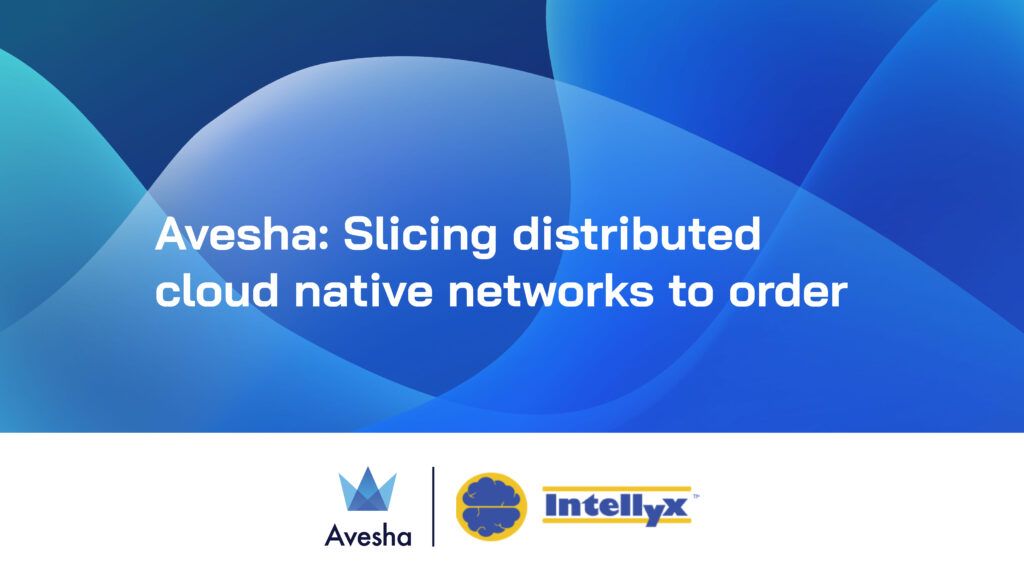Avesha Resources / Blogs
Avesha: Slicing distributed cloud native networks to order
Simplifying Multicluster Kubernetes Deployments with Seamless Connectivity and Cost Optimization.
Jason English
Principal Analyst & CMO, Intellyx

Avesha Systems optimizes cost and latency across multiple Kubernetes clusters and cloud infrastructures through an application mesh with a multitenant environment for connectivity, authorization and workload direction.
Remember between 3 to 5 years ago, when SD-WANs started replacing corporate WANs and MPLS telco networks, and all the vendors in that space were bought?
That kind of network consolidation may never happen in the cloud native computing arena, as openness and container portability means that microservices and VM workloads have become splintered across multiple K8s namespaces, cloud IaaS hyperscalers, CSPs, hybrid and on-prem datacenters, and various flavors of edge and 5G networks.
Rather than offering another service mesh, Avesha harmonizes these kinds of complex multi-cluster deployments with a “Kubeslice” distributed network view and connectivity layer for routing application workloads across all hybrid IT infrastructures that is specific to the user, team or application domain.
Copied